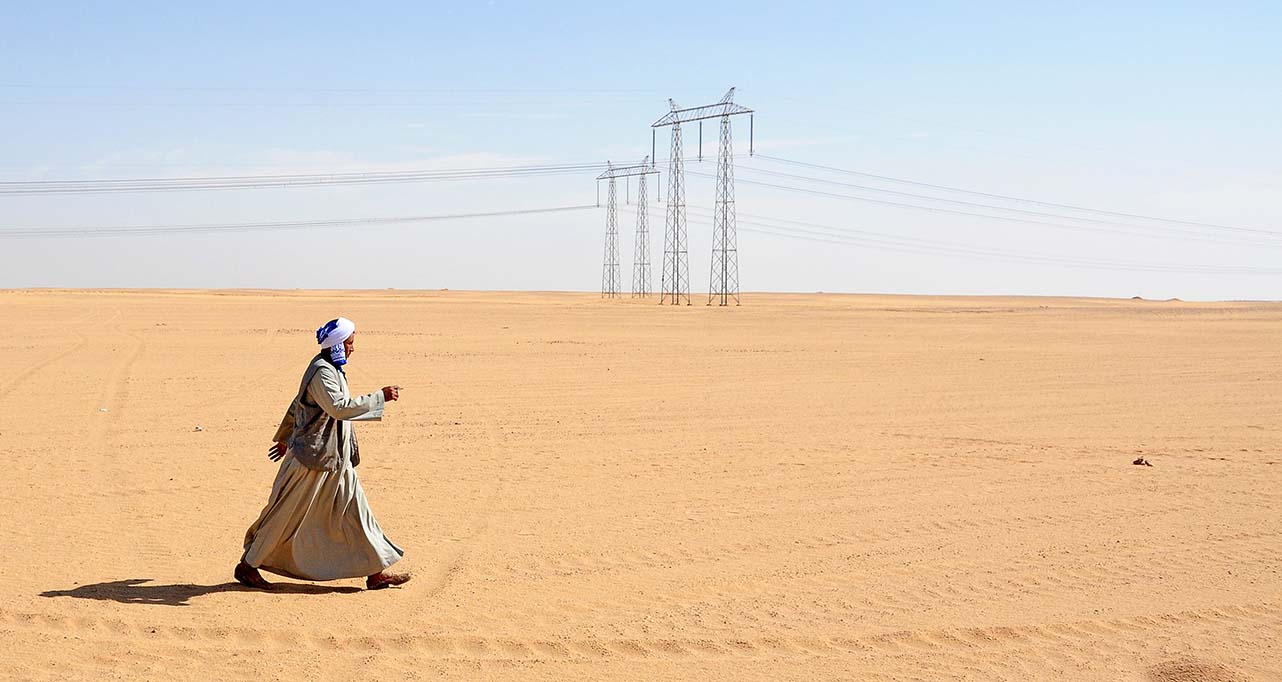The scale of infrastructure investment needed in emerging markets is vast
Everybody is talking about infrastructure. Infrastructure provides the framework under which an economy performs and the state of roads, the quality of telecommunications and the stable supply with power, to name just a few examples, more often than not makes the difference between a successful and a struggling economy.
It is also true that (almost) everybody loves infrastructure. Well-designed projects combine economic needs with environmental sensitivities, they create jobs and provide companies with the opportunity to become more productive
Global economic growth, productivity and job creation depend in no small degree on the ability to invest in and maintain critical new infrastructure assets. So why is infrastructure investment lagging far behind actual needs?
In 2016 the McKinsey Global Institute published an influential study which identified enormous needs: For the period 2016-2030 alone a global infrastructure spend of US$49.1 trillion is needed, with some 60 per cent of this total needed in emerging market countries.
While some countries have indeed increased investment in the sector, the overall shortfall is significant, with negative outcomes to global growth. As the report concludes: “If the current trajectory of underinvestment continues, the world will fall short by roughly 11 per cent, or US$350 billion a year. The size of the gap triples if the additional investment required to meet the new UN Sustainable Development Goals is included.”
These are doubtless mind-boggling numbers. In April 2015 the international development institutions launched a paper “From Billions to Trillions” about the realisation of the United Nation’s Strategic Development Goals. Infrastructure investments play a core role in this. Without the private sector this will simply be impossible and it is our view that it is now imperative to increase the level of private sector investment in infrastructure.
The EBRD, set up in 1991 to support market economies and the private sector and today investing in more than 30 countries from Morocco to Mongolia and Estonia to Egypt, believes that conditions on the ground favour greater private sector investment in infrastructure.
Firstly, the scale of infrastructure investment needed in emerging markets is vast and this is widely recognised by governments in developed and emerging markets as well as all leading international bodies. Economic competitiveness in a country or region hinges to a significant degree upon increased investment in high quality infrastructure: those who plan and build well, will grow and create jobs. And due to the vast scale of the challenge, the IFIs and emerging market governments understand that private sector investment and know-how will be required.
Secondly, there is a need to secure high-quality investment in infrastructure assets that are completed on-time and within budget. Well-crafted public private partnership projects (PPPs) have proven to be better on these two measures than traditional public sector delivery approaches. The old adage “time is money” is very apt in the infrastructure sector as the opportunity cost of delays to improving and expanding infrastructure is real and quantifiable.
Thirdly, the global PPP industry is now maturing: sponsor groups made up of construction firms; leading equipment and technology suppliers; specialised equity funds backed by institutional investors are now able to invest together in a wide range of markets and sectors from transport, to municipal utility services, renewables, hospitals and schools.
Fourthly, the international financial institutions (IFIs) and the G20 have come together in an unprecedented manner to create pools of knowledge and instruments for capacity building, but also have created a coordinated number of project preparation facilities dedicated to helping emerging market governments prepare, tender and deliver infrastructure PPPs.
Fifthly, given all of the above, the EBRD, as part of the wider IFI system, realises that it can play a critical role by leveraging its unique position by helping to mobilise and catalyse private sector investment into emerging market infrastructure. IFIs can also provide credit enhancement support and blended finance to widen the pool of bankable projects with private sector participation. This multiples impact in ways that go far beyond any single project investment.
In response to the global infrastructure challenge many IFIs like the EBRD or the World Bank Group today have dedicated units of PPP specialists with ample funding available to pre-fund PPP project development from feasibility studies all the way through to PPP award and financial close.
The sums are meaningful: Across all the IFIs, there are now upwards of US$ 300 million available for PPP preparation. Rather than competing, the EBRD, the World Bank Group and others are working together as partners to prepare PPPs because we understand that any given transaction will benefit more from joint IFI support.
This creates the framework where the private sector can take a leading role in the delivery of infrastructure – the public sector alone cannot address the challenge. . This must not be misunderstood as bad news; on the contrary, this represents a huge opportunity where each side can contribute according to his best abilities for the benefit of the common needs.
Matthew Jordan-Tank is Head of Infrastructure Policy and Preparation at the European Bank for Reconstruction and Development in London



